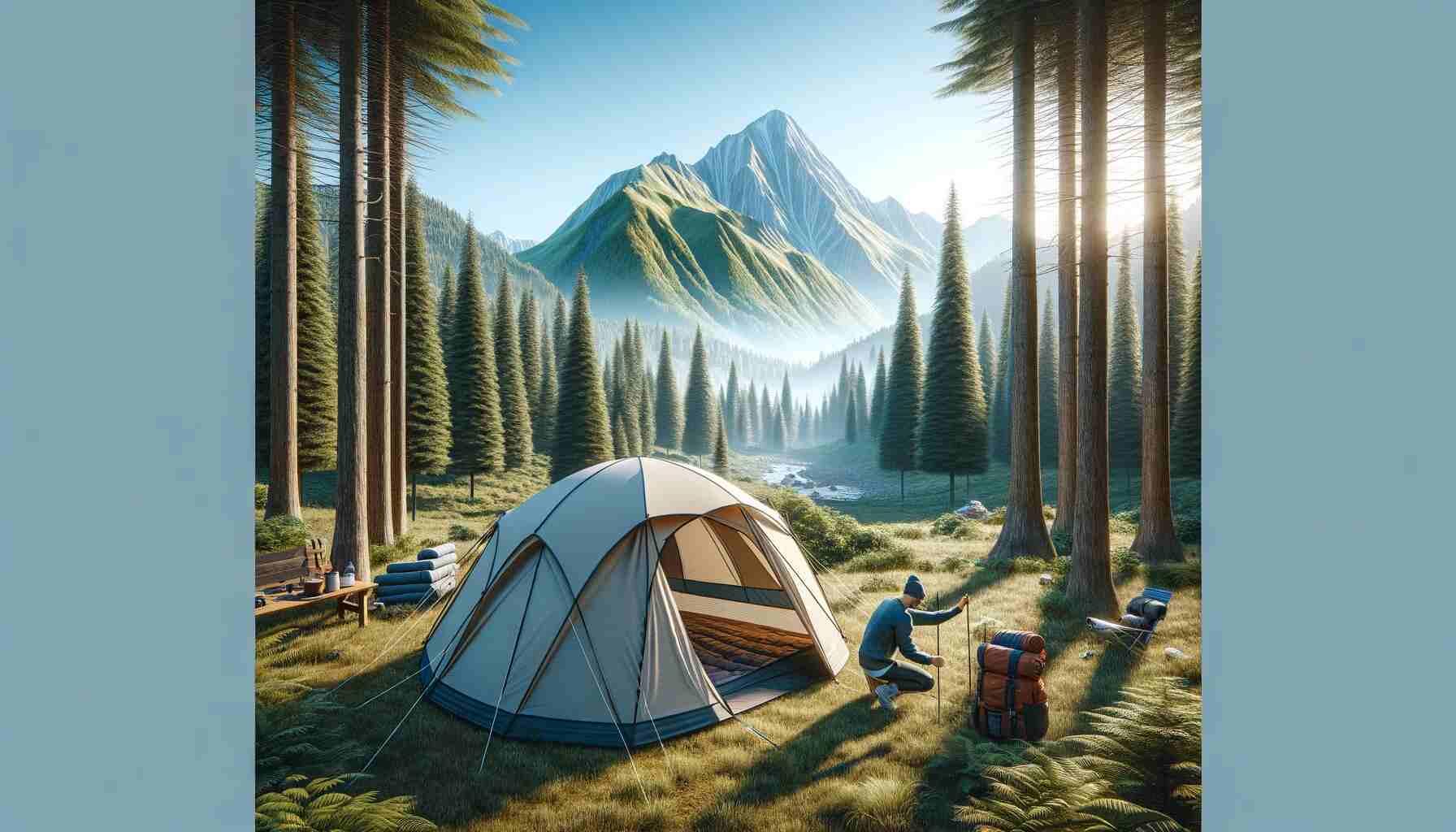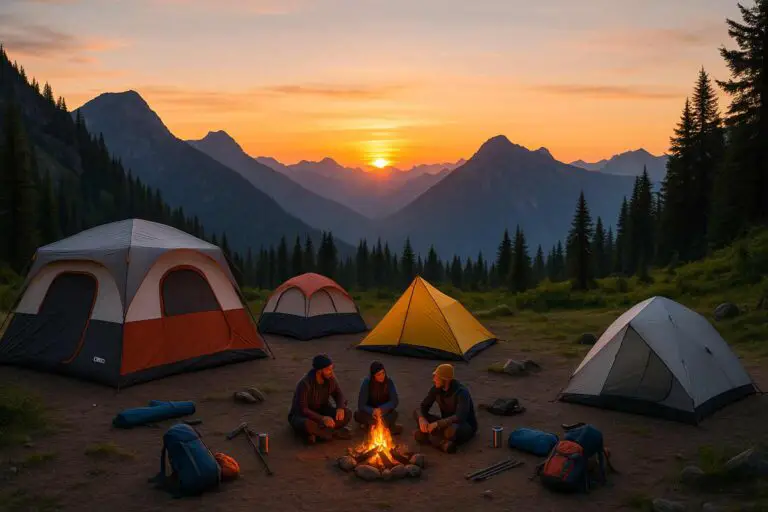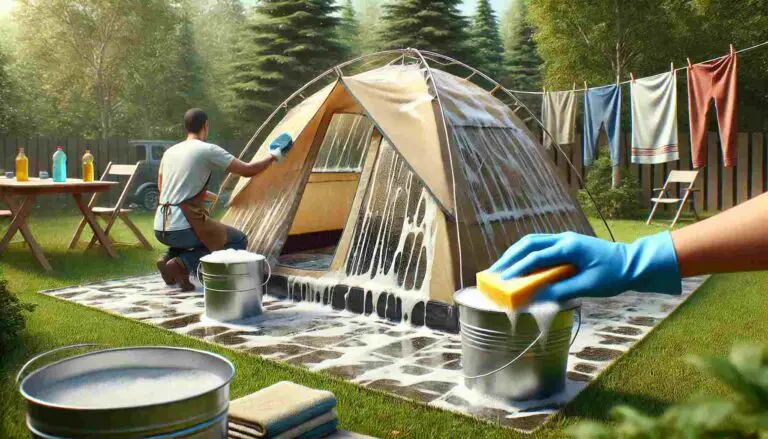Setting up a tent can be a daunting task for beginners, but with the right guidance, it can be a straightforward and rewarding experience. This comprehensive guide will walk you through the process step-by-step, ensuring that you have a successful and enjoyable camping trip. We’ll cover everything from choosing the right tent to breaking camp, with plenty of tips and tricks along the way.
1. Choosing the Right Tent
Types of Tents
There are several types of tents available, each suited for different camping conditions and preferences:
- Dome Tents: Popular for their ease of setup and stability. Suitable for most weather conditions.
- Cabin Tents: Offer more space and headroom, ideal for family camping.
- Backpacking Tents: Lightweight and compact, perfect for hikers.
- Pop-Up Tents: Extremely easy to set up, great for beginners but not as durable in harsh weather.
Key Features to Consider
When selecting a tent, consider the following features:
- Capacity: Choose a tent that can comfortably accommodate all campers and their gear.
- Seasonality: Tents are rated by season. Three-season tents are suitable for spring, summer, and fall. Four-season tents can withstand harsh winter conditions.
- Weight: Important for backpackers who need to carry their tent over long distances.
- Ventilation: Look for tents with mesh panels to improve airflow and reduce condensation.
2. Preparing for Setup
Selecting a Campsite
Choose a campsite that is flat, dry, and free of debris. Avoid areas with overhead hazards like dead tree branches. Check for regulations and rules regarding camping in the area.
Unpacking and Inspecting the Tent
Before heading to your campsite, unpack your tent and inspect all components. Ensure you have all necessary parts, including tent poles, stakes, and rainfly. Familiarize yourself with the setup instructions.
Weather Considerations
Check the weather forecast before your trip. Knowing the expected conditions can help you prepare appropriately and avoid surprises.
3. Setting Up the Tent
Step-by-Step Instructions
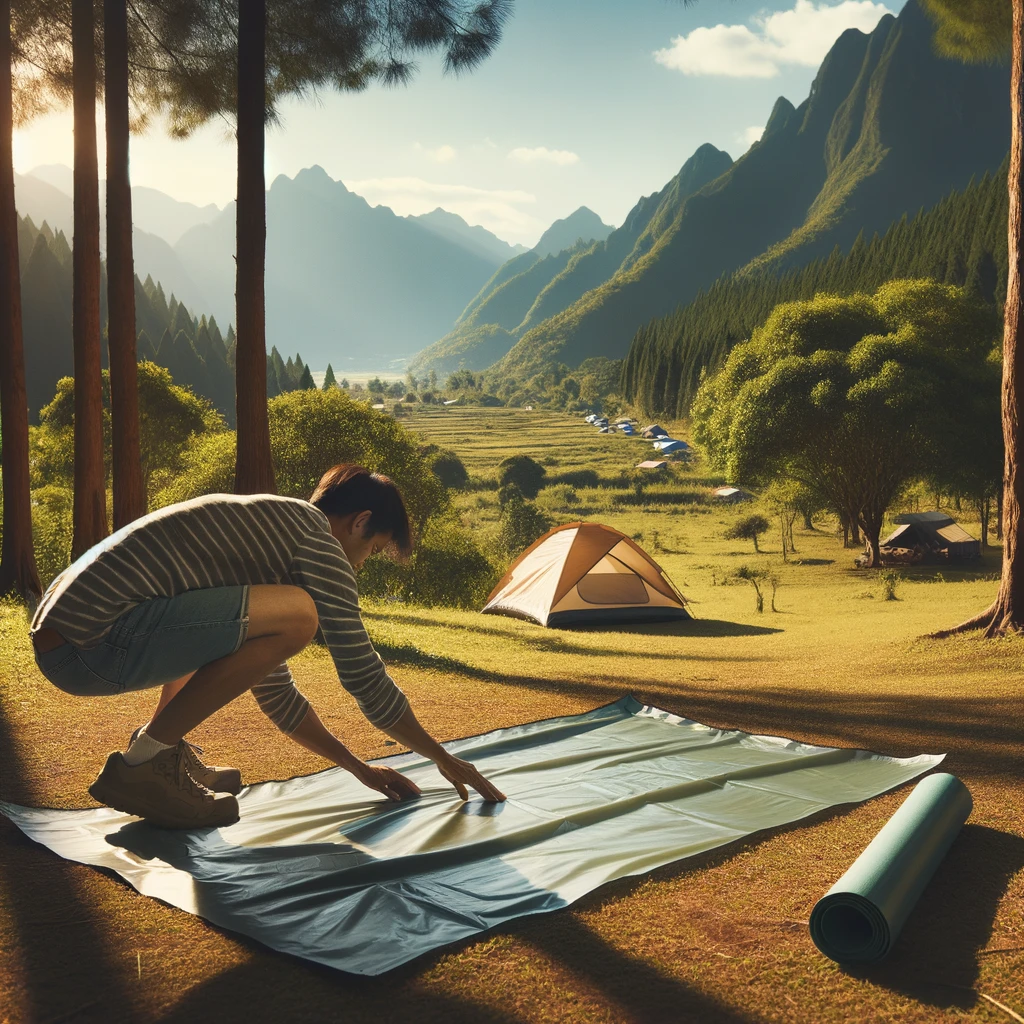
1. Lay Out the Footprint or Ground Cloth
A footprint or ground cloth protects the bottom of your tent from abrasion and moisture. Lay it out flat on your chosen campsite.
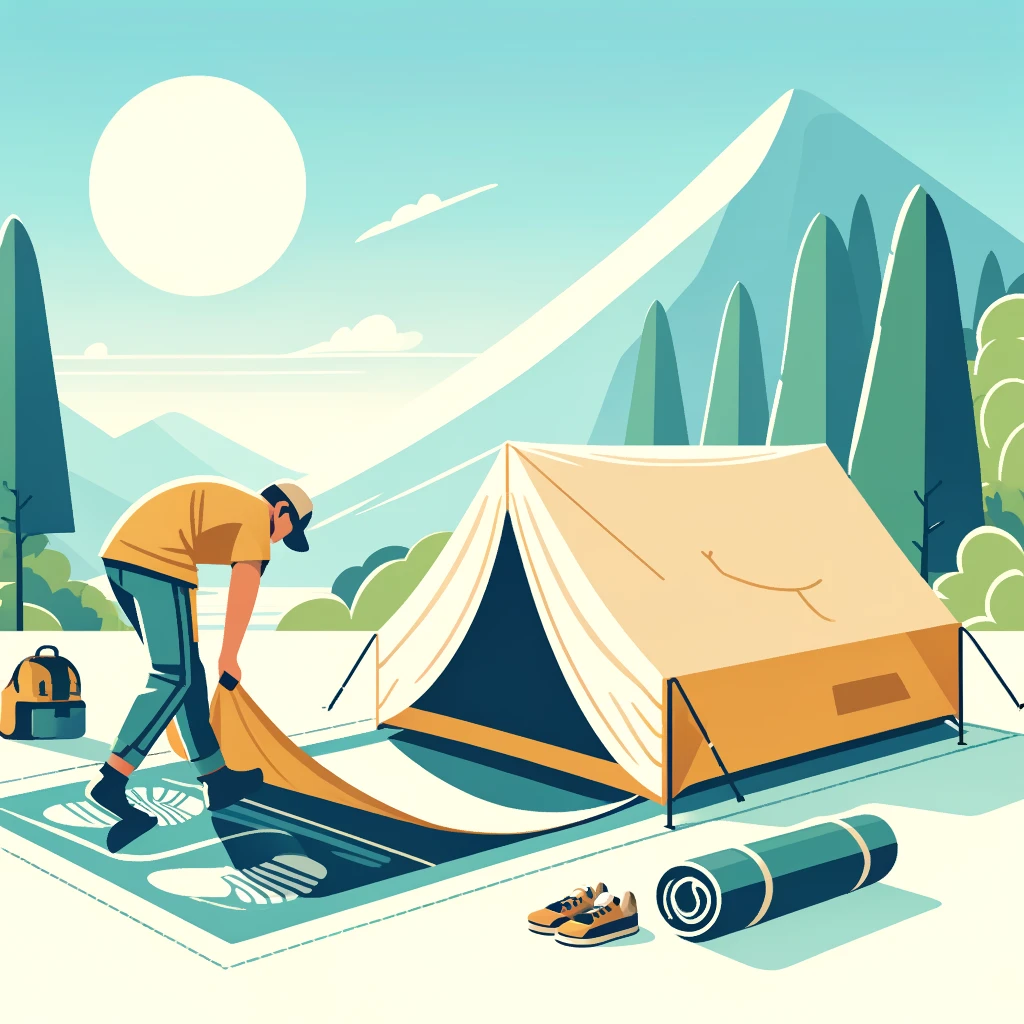
2. Unpack and Lay Out the Tent
Unroll the tent and lay it flat on top of the footprint, aligning the corners.
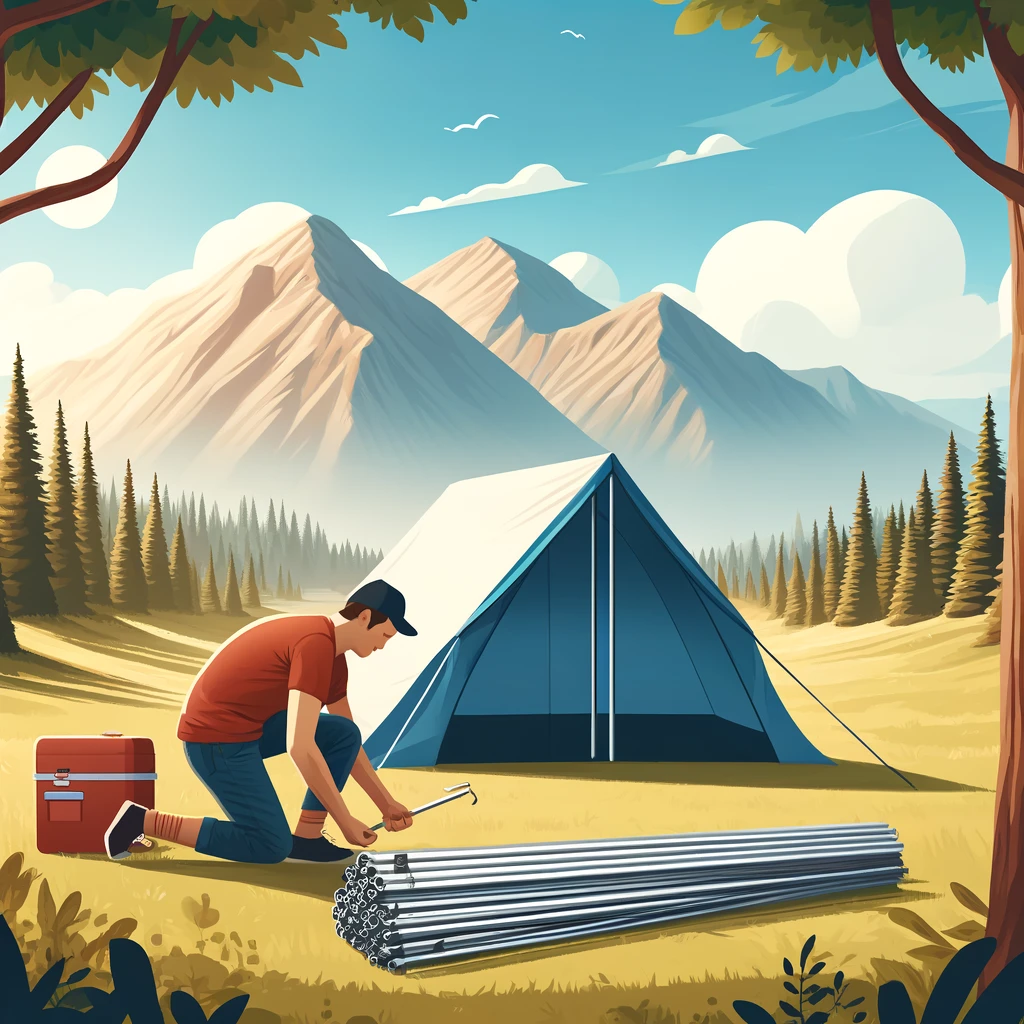
3. Assemble the Tent Poles
Most tents use flexible poles that are shock-corded for easy assembly. Connect the poles according to the instructions.
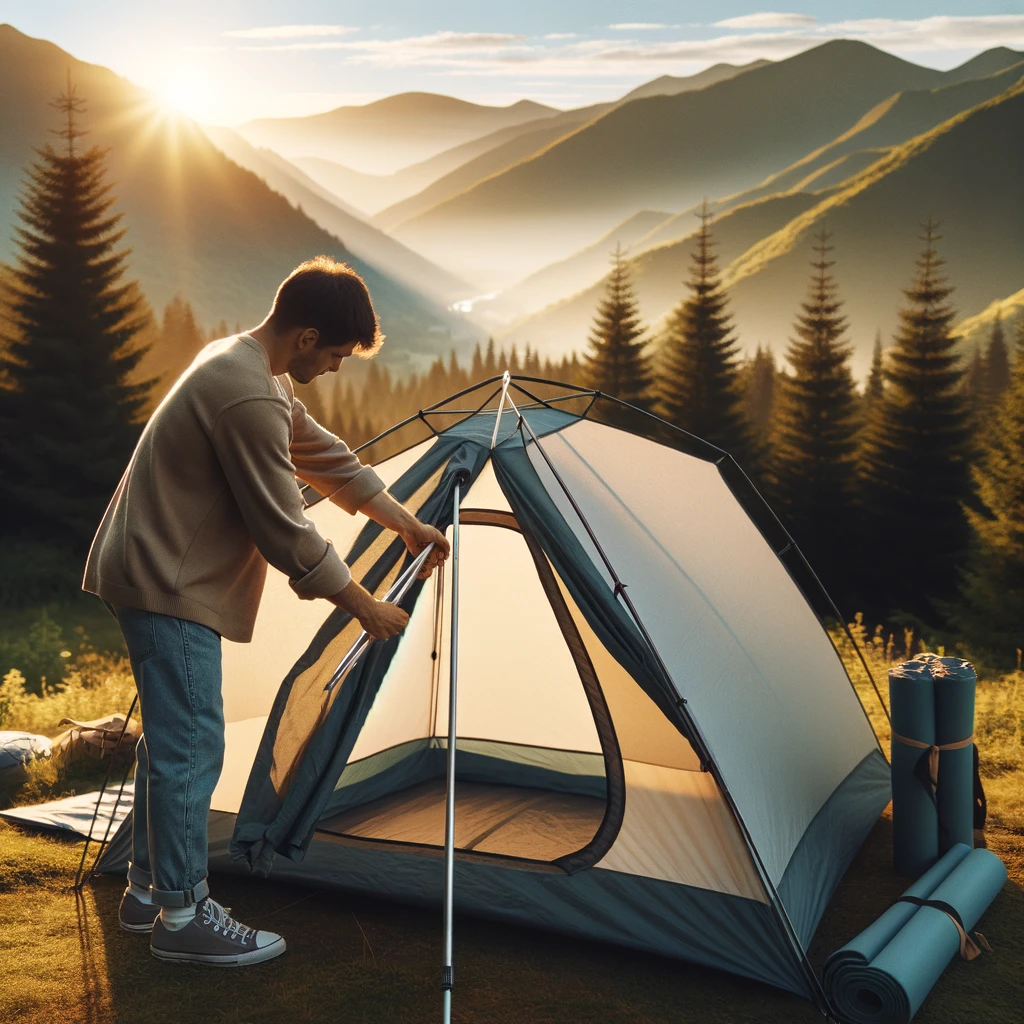
4. Insert the Poles into the Tent
Insert the poles into the corresponding sleeves or clips on the tent body. This will typically form an X shape for dome tents.
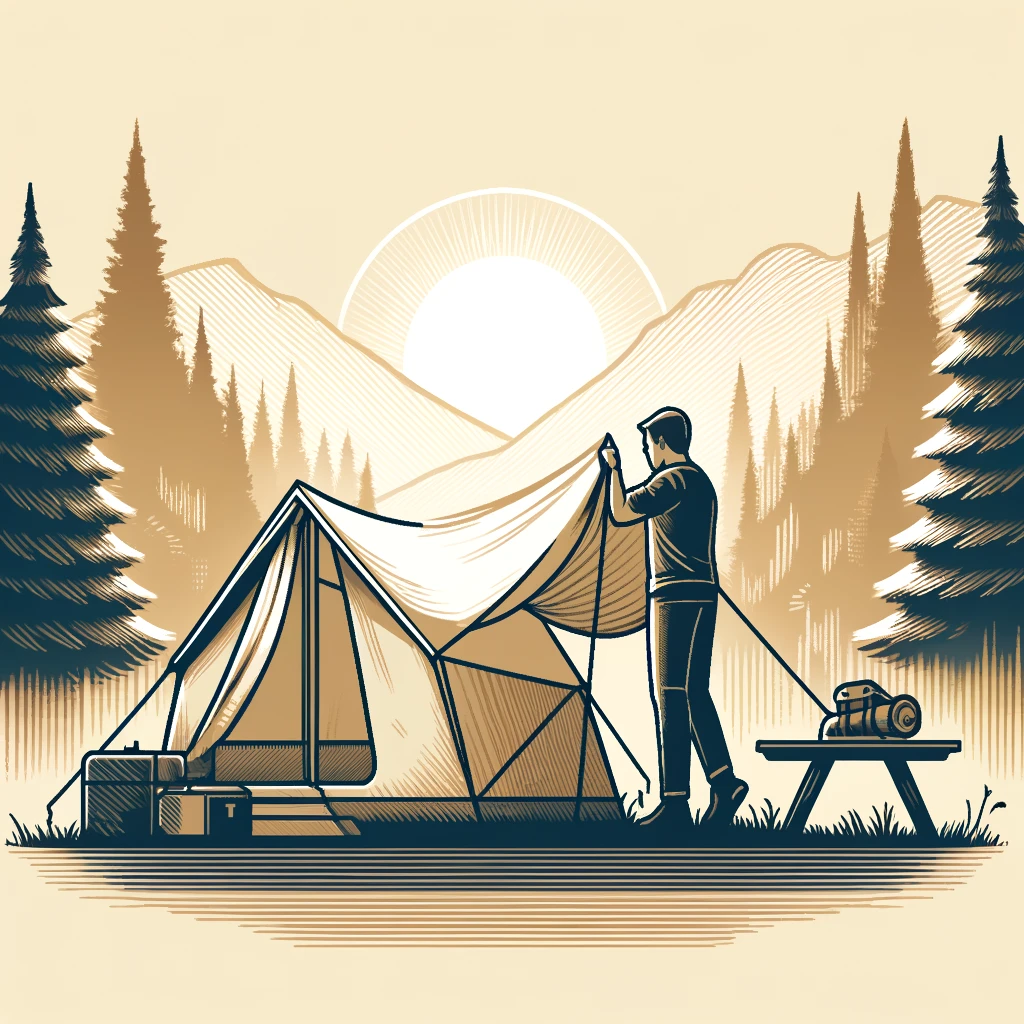
5. Raise the Tent
Gently lift the tent by the poles and secure them into the grommets or pins at the base of the tent. The tent should now stand on its own.
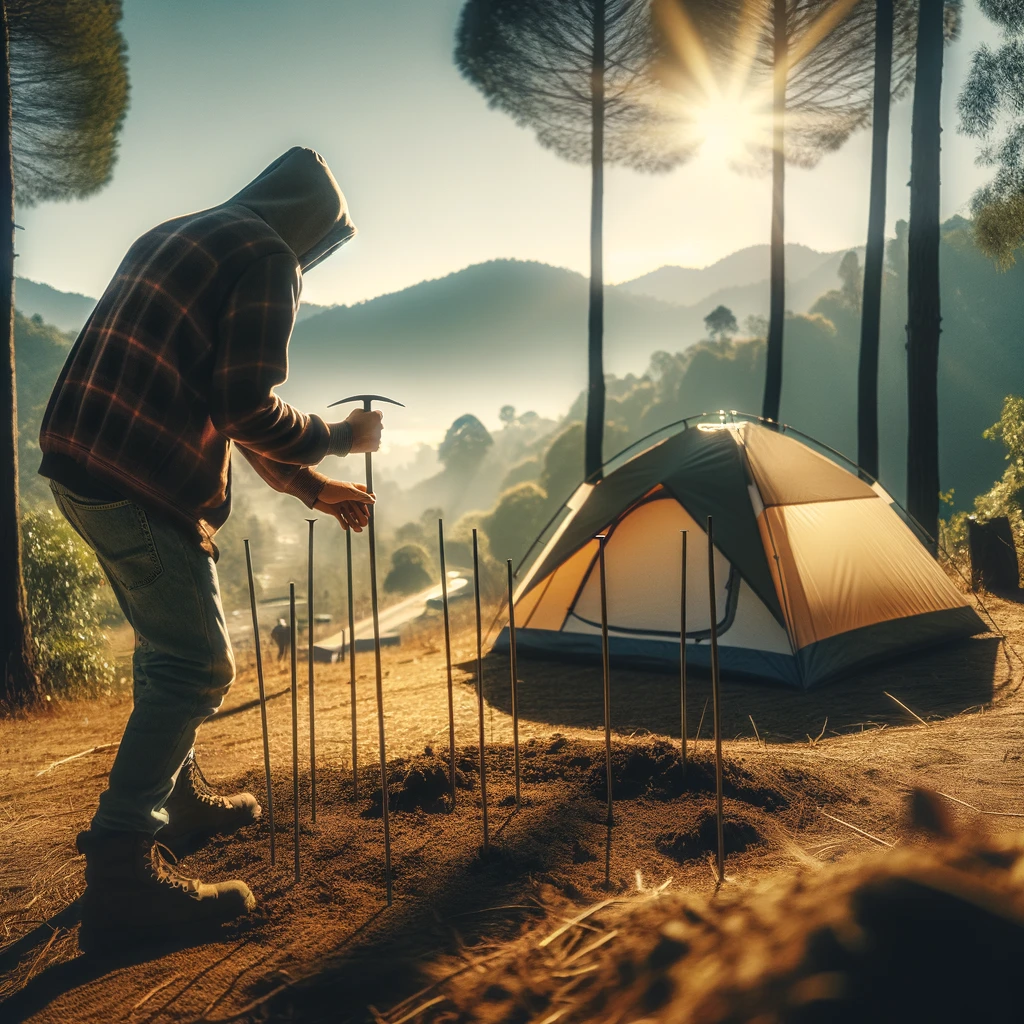
6. Secure the Tent to the Ground
Use tent stakes to anchor the tent to the ground. Insert stakes at a 45-degree angle away from the tent for maximum holding power.
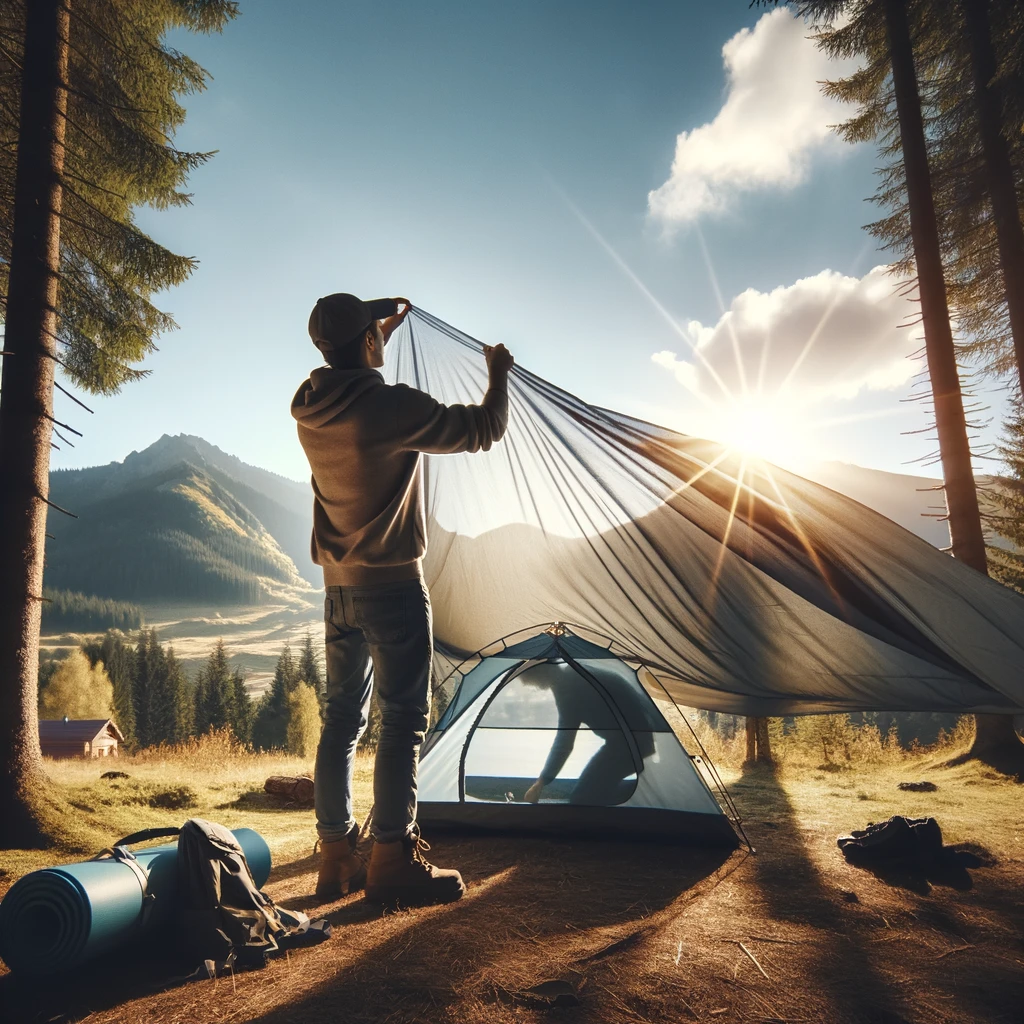
7. Attach the Rainfly
If your tent comes with a rainfly, drape it over the tent and secure it using the provided buckles or clips. The rainfly provides additional protection from rain and wind.
Common Pitfalls to Avoid
- Overtightening the Poles: This can cause damage to the tent fabric or poles.
- Improper Stake Placement: Ensure stakes are driven into firm ground to avoid the tent collapsing in strong winds.
4. Organizing Your Tent Interior
Setting Up Your Sleeping Area
Place sleeping bags or air mattresses on the tent floor. Organize your gear so that frequently used items are easily accessible.
Managing Gear Storage
Use the tent’s storage pockets or vestibules to keep your gear organized and off the ground. This helps keep the tent interior clean and free of clutter.
Maintaining Ventilation
Open any vents or windows to allow for proper airflow, which reduces condensation inside the tent.
5. Breaking Camp
Cleaning and Packing the Tent
When it’s time to break camp, clean the tent interior and exterior to remove any dirt or debris. Follow these steps to pack your tent:
- Remove Stakes and Poles: Carefully remove the stakes and poles, and pack them in their respective bags.
- Fold the Tent: Fold the tent in a manner that fits back into its storage bag. Avoid rolling to prevent unnecessary stress on the fabric.
- Pack the Tent: Place the folded tent into its storage bag along with the poles and stakes.
Storing Your Tent
Ensure your tent is completely dry before storing it to prevent mold and mildew. Store it in a cool, dry place away from direct sunlight.
6. Additional Tips and Tricks
Practice at Home
Set up your tent in your backyard or living room before your trip. This allows you to become familiar with the process and troubleshoot any issues.
Use a Mallet for Stakes
A lightweight mallet can make driving stakes into hard ground much easier than using your hands or a rock.
Keep Repair Kits Handy
Carry a tent repair kit that includes patches, seam sealant, and extra stakes. This can save your trip if your tent gets damaged.
Check for Campsite Regulations
Some campsites have specific rules regarding tent setup, such as designated tent pads or restrictions on staking. Familiarize yourself with these rules to avoid fines or penalties.
Invest in Quality Gear
While it might be tempting to buy the cheapest tent available, investing in a quality tent can provide better protection, durability, and comfort.
Helpful Resources
- Amazon Affiliate Links:
Studies and Statistics
- According to a survey by the Outdoor Industry Association, camping is one of the most popular outdoor activities, with over 40 million people participating each year in the United States.
- A study published in the Journal of Environmental Psychology found that spending time in nature, including camping, can significantly reduce stress and improve overall well-being.

